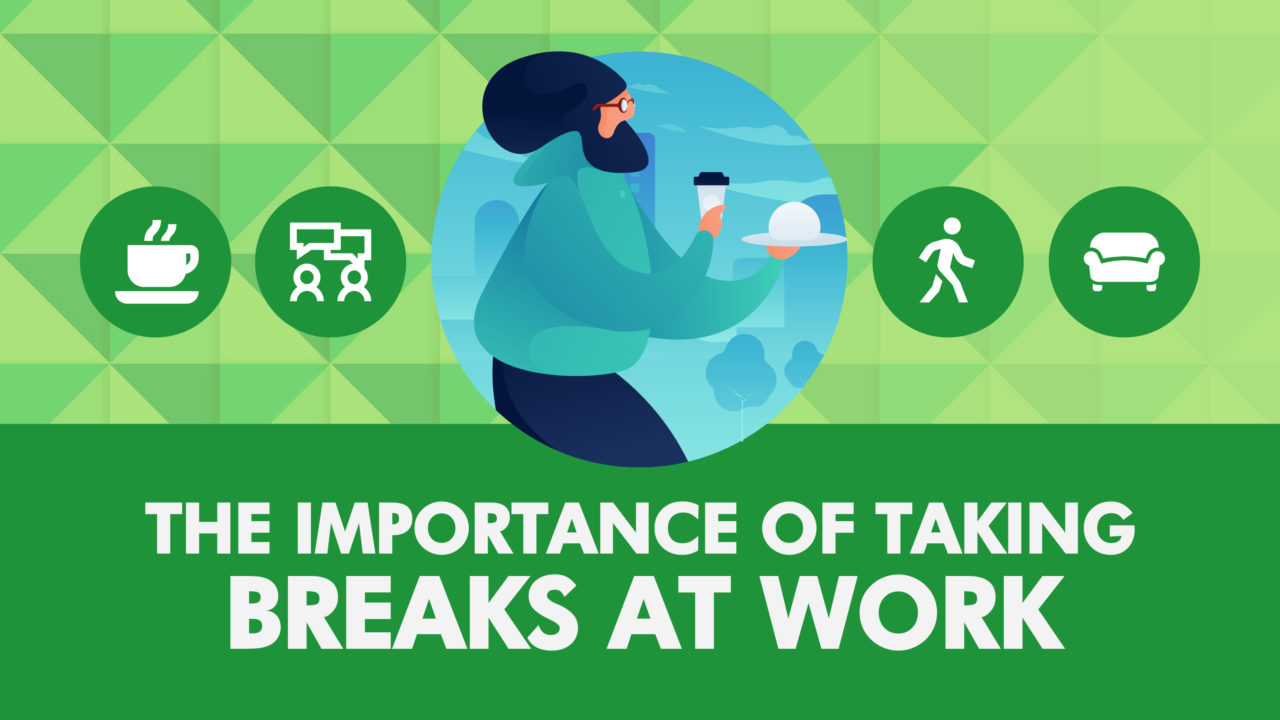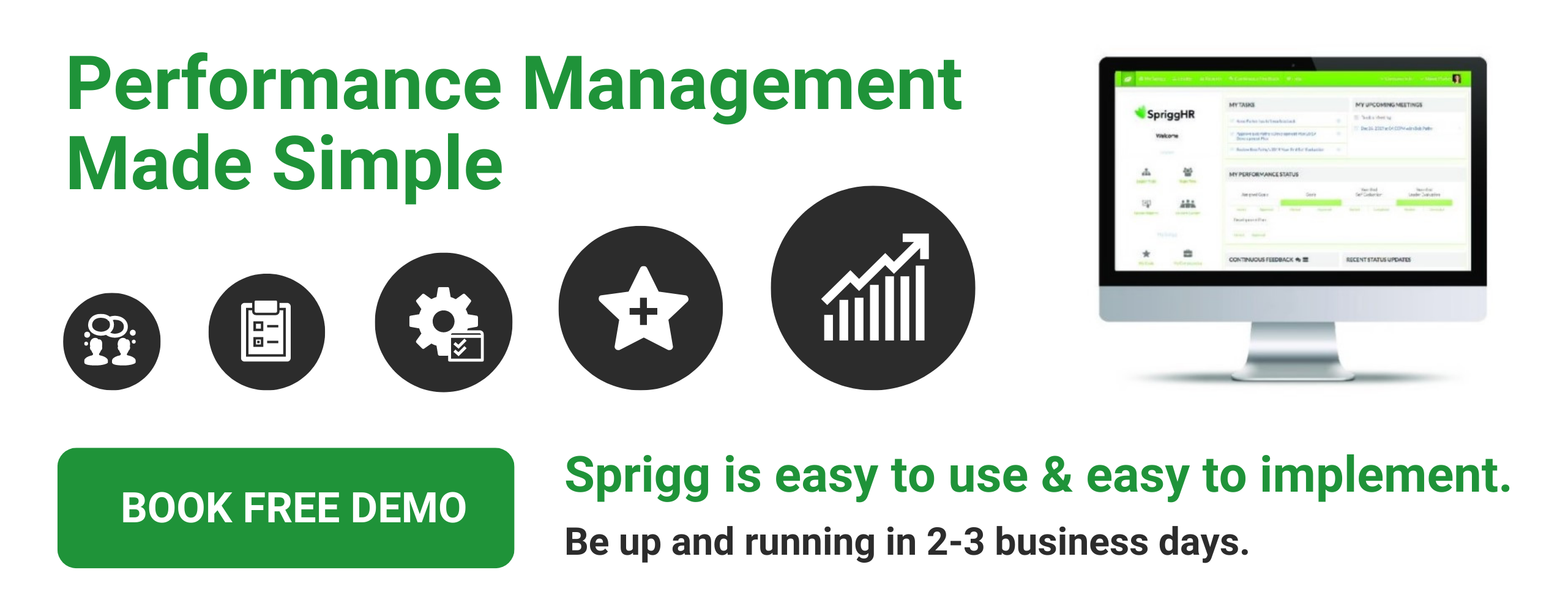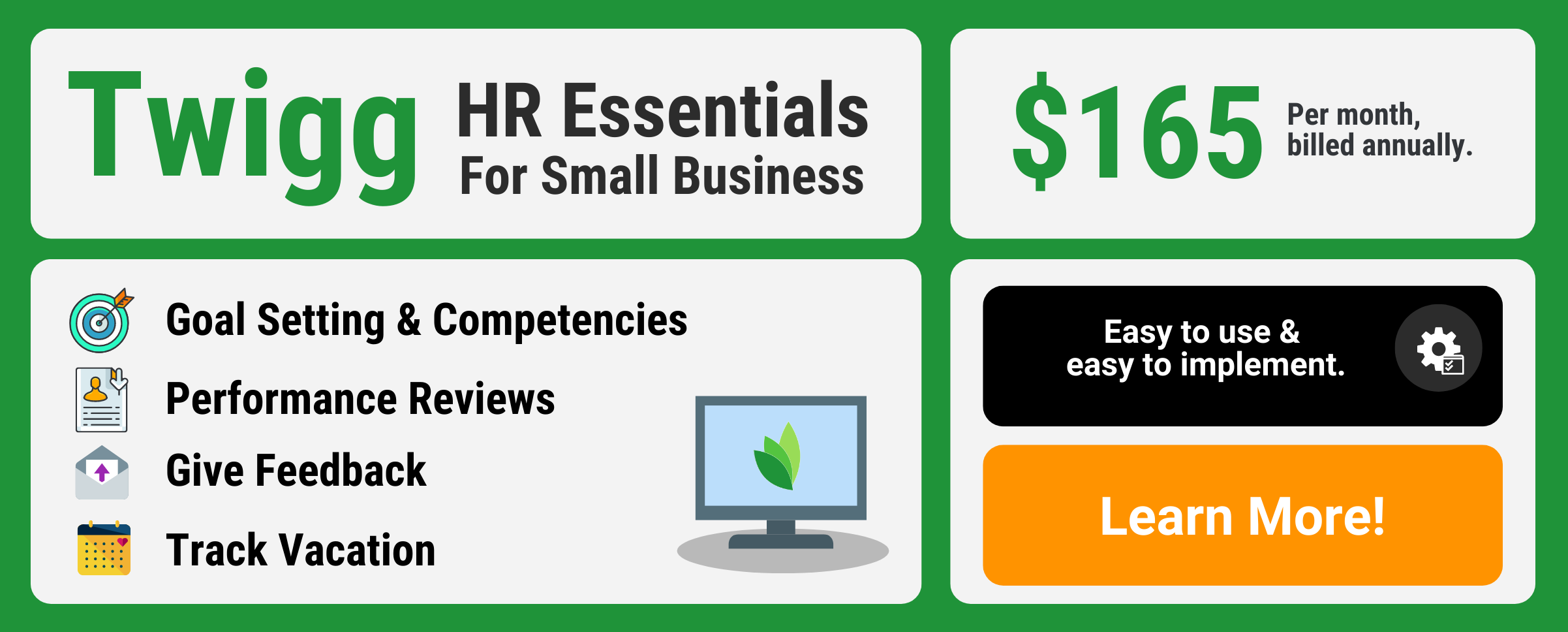
The Importance of Taking Breaks at Work
Defining breaks at work
Everyone who has held a job at some point should be familiar with the concept of breaks at work. Whether they are short, 15-minute breaks to stretch your legs, 30-minute lunches, or longer, breaks offer a small respite from the continuous workday.
There are plenty of different activities that constitute breaks – for example:
- A casual conversation with co-workers
- Checking your phone and/or social media for non-work content
- Taking a walk outside or around the office
- Having a snack or meal
But are breaks at work important, or even necessary?
Why you should take breaks at work
There are many reasons why taking breaks at work is important, each of them providing multiple benefits. Let’s take a look at three of these reasons.
Reason 1
Your prefrontal cortex (PFC) needs a break! The PFC is the part of your brain that keeps you focused on your goals and allows you to keep thinking logically. If you’re not taking breaks at work for yourself, at least do it for your PFC.
Benefit
Taking a short break allows your PFC a brief respite, which in turn allows you to come back to your tasks with renewed vigor. Breaks at work help keep you focused on your goals and tasks at hand, which keeps productivity up. They can also help to increase motivation and creativity.
Reason 2
Moving around throughout the day is crucial for physical and emotional health. Getting a little bit of exercise throughout the day – even if it’s just walking around for a few minutes – is very important.
Benefit
Even walking for five minutes during your breaks at work is enough to help reduce the chances of heart disease, depression, obesity, and more. Being healthy physically will help you to be healthy both mentally and emotionally as well.
Reason 3
Processing of information intake and reflection of internal thought
Benefit
“Waking rest” – taking a break – helps memories form more readily, and also improves the brain’s ability to ingrain what it has learned. Read more about “waking rest” here.
Tip: If you are unable to take breaks at work – whether you’re short-staffed, it’s too busy, you have too much to do, etc. – you can try changing up your work environment instead. Focusing on a different task will use a slightly different part of your brain, and when you return to the original task, you’ll have a few of the benefits a true break would offer.
Are there negative effects of taking breaks at work?
Although the effects of breaks at work seem to be mostly positive, there are potential negative outcomes if the breaks aren’t managed properly.
Productivity risk
Stepping away from ones desk or task can create a potential lapse in focus and actually take away from the productivity of an employee
Distraction
Breaks, if not monitored, can become a distraction, not only for the employee taking them, but for their co-workers as well.
Disrupting the flow
This is sometimes hard to avoid if the workplace enforces strictly scheduled breaks, and could lead to a disconnect in one’s workflow which could result in motivation to returning to their task.
While these examples do show that there are potential negatives to taking breaks at work, they can be countered simply by managing the breaks well. Here are some tips for doing just that:
Managing breaks at work
- Accept that breaks are beneficial: The first step is to acknowledge that your employees taking breaks is not a negative thing, but actually beneficial for your company in the long run. While it may seem like getting no work done for a chunk of time is a negative, employees who are exhausted by early afternoon from working non-stop will be much more of a detriment.
- Allow/schedule time for breaks: Some workplaces stick to a strict break schedule – which makes sense, given that there is sometimes a small window to get everyone on their breaks. That being said, if at all possible, flexibility as to when the break is taken should be offered, in order to minimize the risk of interrupting an employee’s ‘flow’, as mentioned above. Telling employees they may take a break when they need to is preferable, as long as it is monitored so as to not be taken advantage of.
- Make sure employees are taking breaks at work: It may seem obvious, but reminding employees that not only are they allowed to take a break, but that it is actively encouraged, will make them much more likely to do so. Some workers will just push on with their work and not notice the time going by, therefore missing breaks – this isn’t sustainable for long though, and they will better serve the company if they get consistent rests.
- Provide outlets for relaxation: This can range from keeping a few board games in the break room to having a games room or specific areas for socializing. Anything that gets employees using a different part of their brain – as opposed to the critical thinking and problem-solving access.
While many companies do offer breaks at work, the type available will depend on the workplace itself. Here are some suggestions on how to take full advantage of your quick rest:
- Walk or exercise
- Leave the office
- Have a healthy snack/meal
- Have a brief nap (if you’re allowed) – if not, try some deep breathing
- Meditate/daydream
- Do something creative – like a puzzle, or doodling
- Have a coffee or tea
- Create a to-do list for your home-based tasks
Final Thoughts
While there are many options for breaks at work, individuals are unique and have to find out what works best for them. Try to make a note of what sort of break benefits you the most – if you can continuously make use of it, your motivation and productivity will stay high.





